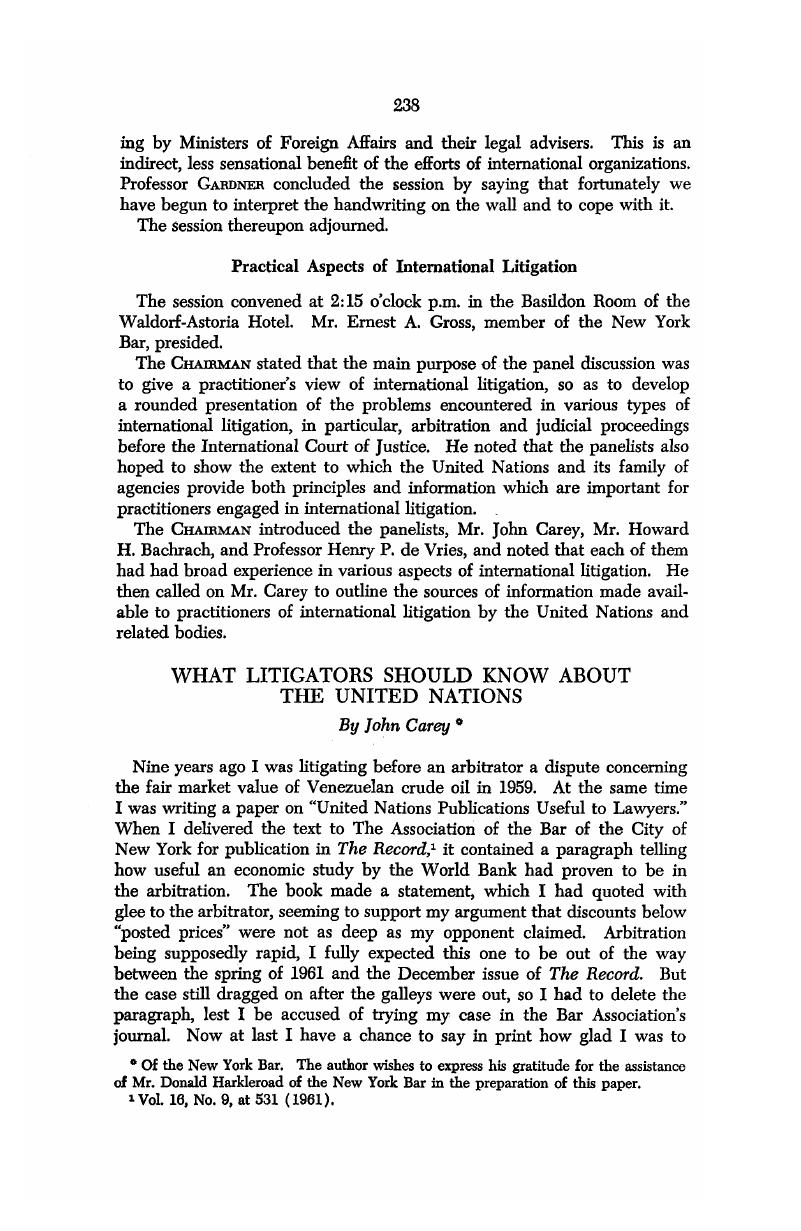No CrossRef data available.
Published online by Cambridge University Press: 28 March 2017

The author wishes to express his gratitude for the assistance of Mr. Donald Harkleroad of the New York Bar in the preparation of this paper.
1 Vol. 16, No. 9, at 531 (1961).
2 The 1969 report of the International Narcotics Control Board notes that: “90. From earliest times the abuse of narcotic and other dangerous drugs has periodically assumed different forms. Perhaps the most radical change of all has been the recent startling spread of misuse of cannabis and of other substances which affect the central nervous system: the stimulants, the depressants, the hallucinogens. As was indicated in the Permanent Central Board’s report for 1966, this development has caused anxiety to all the international organs concerned and it has now acquired such dimensions as to give rise to public alarm in a number of countries. Resort to these substances is particularly pronounced among the younger generation. In the United States, for example, it is authoritatively estimated that several million college students have at least experimented with them.
“The rapidity with which this phenomenon has gathered force and has swept across the world has re-emphasized a lesson gained from experience in the sphere of narcotics, namely that no country can protect itself single-handed and that preventive measures can only be fully effectual if they are internationally based. It is realization of this fact which has led countries particularly affected to appeal to the United Nations and to the World Health Organkation for international co-operation in meeting this new threat.” U.N. Doc. E/INCB/5 at 25 (1970).
3 Arbitration activities of the U. N. Economic Commission for Europe and Economic Commission for Asia and the Far East were described in U.N. Doc. E/4714 at 13-13, 54 (1969).
4 U.N. Doc. A/CN.9/20/Add.1.
5 Ibid, at 1.
6 U.N. Docs. A/CN.9/19; A/CN.9/38.
7 U. N. Doc. TD/Transit/9.
8 See, e.g., Doc. E/CN.14/374.
9 The Christian Science Monitor, April 9, 1970, p. 4.
10 Wall Street Journal, March 27, 1970, p. 1.